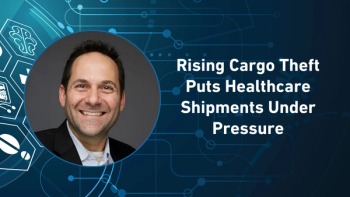
Criminal investigations for counterfeit, diverted drugs skyrocketed in 2012
Number of cases opened by FDA's Office of Criminal Investigations (OCI) triples to 170
FDA doesn’t broadcast the level of activity undertaken by its Office of Criminal Investigations (OCI) each year, but the information usually trickles out in industry presentations. For FY2012, the count of such investigations reached 170—a huge increase over the FY2011 count of 59. Putting that in a longer-term context, the number of cases were in the 10-30 range in the first few years of the last decade, then jumped to the 50-70 range in the late 2000s. A query to FDA about the jump elicited this response: “The increase in OCI counterfeit cases initiated in FY 2012 was due, in large part, to cases that were developed from the counterfeit Avastin and Altuzan incidents.”
The
OCI is charged with investigating, among other things, drugs that are counterfeit, diverted (from, say, a Medicare-funded, dispensed prescription, back into commercial distribution), stolen (particularly
FDA is usually careful to note that the count of OCI cases is not directly proportional to the volume of illicit activity that might be going on; among other factors, it is a measure as well of how actively OCI pursues investigations. A 2011 report from FDA on the counterfeit/diverted drug situation sums up the point:
[R]esults presented should not be interpreted as a scientific representation of current drug supply chain trends or a comprehensive review of problems associated with the drug supply chain. Instead, these results should be viewed as an illustrative representation of certain problems and vulnerabilities that we have observed in the drug supply chain.
However, even with all those qualifiers, a tripling of OCI cases leaves a nagging sense that there is, in fact, a trend here. The statistics play into the debate of, among other things, the need to impose a
Newsletter
Stay ahead in the life sciences industry with Pharmaceutical Commerce, the latest news, trends, and strategies in drug distribution, commercialization, and market access.




